Design –Led Transformation – the need of the hour
Millennials& Generation Z constitute about 2/3rd of the world’s population. They emphasize on experience and therefore companies now have a renewed focus on Customer Experience (CX).
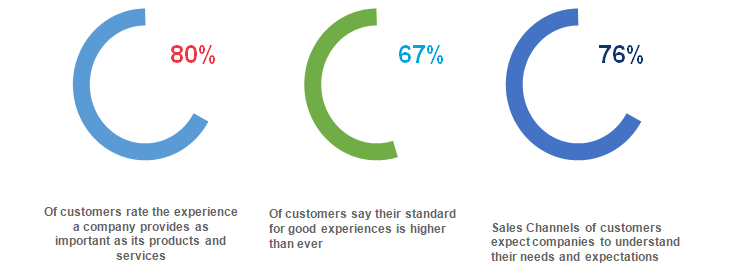
Sources:
https://www.salesforce.com/blog/2018/12/introducing-fifth-state-of-marketing-report.html
https://www.salesforce.com/research/customer-expectations/
The Digital Transformation Journey
Enterprises embark on their digital transformation journey in one or more of these three categories
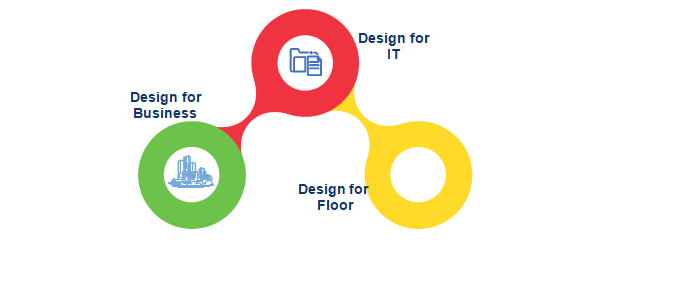
Design for Business – Processes that engage the internal & external customers, consumer or partners.
Some of the digital transformation themes are:
Design for IT – Processes that enable seamless collaboration with customers, brands and IT functions. Some of the digital transformation themes are:
Design for Floor – Processes that focus on the plant and enterprise. Some of the digital transformation themes are
Demystifying Service Design
Enterprises across the board are accomplishing design-led transformation by redefining and reimaging their processes. This is being enabled by “Service Design”.
Service Design is the integrated design of products and services. This design can also be called as Service Blueprint (SBP). SBP is a catalogue of all the interactions a customer (note the customer can be internal or external) has with an enterprise. Service design has both tangible and intangible components. While talking about a product, we can clearly define its functions, features and unique selling proposition. However, service delivery comes to existence while it is being actually delivered/ consumed. Thus, depending on the “actor” delivering it, the service experience can differ. We can create optimal services that encourage & reinforce behavioural patterns. Such optimal services combined by state-of-the-art products make an enterprise great and exceptional.
Service Design typically uses iterative & agile methods that show rapid results. In digital transformation, this becomes the key to success. These can be broadly classified into 3 buckets:
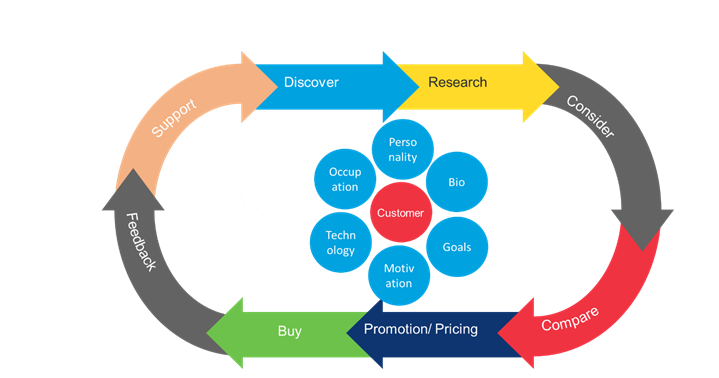
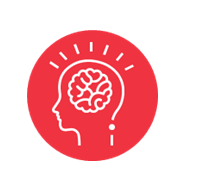
3. Visualization (wireframes and high-fidelity clickable demo) of the new service allows actors to “see” the proposed re-design & reimagined service design.
Service Design Process- the five D
The first step in transforming customer experience is to understand who the customer (Actor or persona) is and what do they do currently (Current journey). Trained eyes observing and living “Day in the Life” can uncover opportunities. Such opportunities often reflect data pauses. Based on these findings, we can define and implement the future service model.
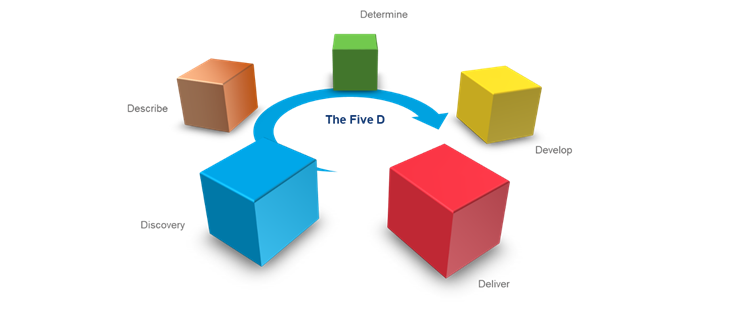
The service design journey can be achieved in 5 phases:
The need for digital transformation challenges enterprises on a day-to-day basis. Following a structured approach of Service Design can enable enterprises to reimagine and optimize their process, creating a win-win situation for both- the customer and the enterprise.
Namit Bhargava
GM & Head of Digital Sales, Digital Transformation
Passionate for results, Namit Bhargava brings innovative strategic perspective on Digital Transformation and Industry X.O themes for superior Customer Experience. Namit is a thought leader for CXO conversations for topics including digital strategy, transformation, new business models and innovation.
Connect with Namit on Linkedin: https://www.linkedin.com/in/nbhargava/